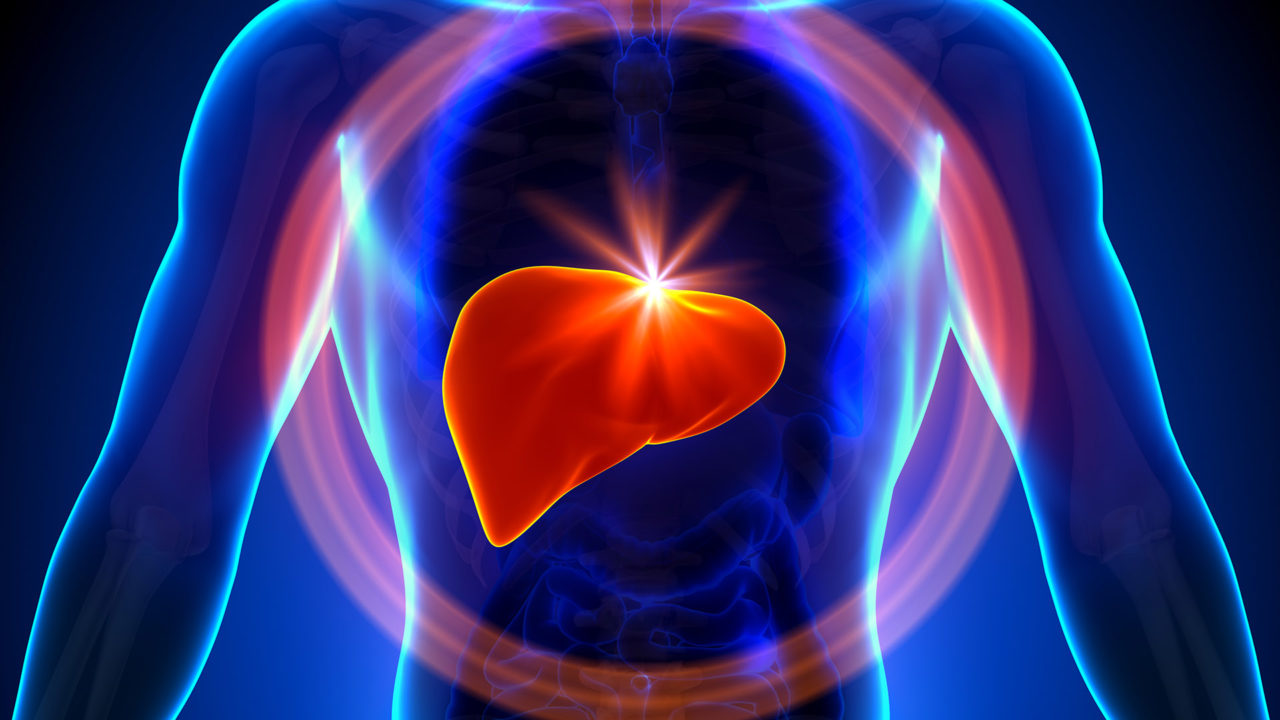Self-Driving Cars Will Cause Fewer Accidents, But Also Fewer Organ Donors

The impending era of self-driving cars may make the roads so safe that the medical industry may run short on organ donations normally provided by the victims of automobile accidents, according to Bre Pettis, CEO of 3D printing pioneer MakerBot. While the prediction borders on the macabre, the solution to the potential problem may arise as part of a revolution in 3D printed organs.
In a recent interview with Fortune’s Erin Griffith, Mr. Pettis explained that many technological revolutions carry unintended consequences. With approximately 30,000 deaths due to car accidents in the U.S. each year, and 90 percent of accidents caused by human error, the broad adoption of self-driving vehicles could save thousands of lives, but also significantly reduce the number of organs available for donation.
The self-driving car is coming, and right now, our best supply of organs comes from car accidents. So, if you need an organ you just wait for somebody to have an accident, and then you get their organ and you’re better.
We have this huge problem that we sort of don’t talk about, that people die all the time from car accidents. It’s kind of insane. But the most interesting thing is, if we can reduce accidents and deaths, then we actually have a whole other problem on our hands of, ‘Where do we get organs?’ I don’t think we’ll actually be printing organs until we solve the self-driving car issue. The next problem will be organ replacement.
The severity of this potential problem won’t increase proportionate to the decrease in accidents, of course. After all, many patients require organ transplants as a result of non-fatal car accidents. The U.S. is also already seeing a decline in vehicle fatalities thanks to better safety features, law enforcement, and public education about the dangers of drunk driving and texting behind the wheel. In fact, road fatalities in the U.S. proportionate to the population are now nearly a third (10.691 per 100,000 in 2012) of what they were in the late 1960s and early 1970s (about 26 per 100,000).
This decline has already resulted in a worsening organ shortage, with more than 123,000 people currently waiting for a donation in the U.S., and approximately 18 of those on the list dying each day. If self-driving cars become the norm, the situation may finally reach the point where the funding and attention to the development of 3D printed organs is enough for a breakthrough in the effectiveness of the technology.
Scientists and medical researchers already have the process for 3D printed organs figured out. The main impediment to the advancement of the technology now is the raw materials. Unlike commercial 3D printing today, which relies on plastic and metal, the materials required for printing fully functional organs are biological, and are much more difficult to handle and manipulate. As Mr. Pettis explains:
Right now you take ‘liver goo,’ and you squeeze liver goo into the shape of a liver and it grows together and hopefully becomes a liver. That’s the idea of 3D printing organs. The challenge will be getting the science of the ‘liver goo’ right.
A myriad of technical, political, and ethical issues also stand in the way of further progress, but Mr. Pettis expects that once self-driving cars begin to have a significant impact on the availability of organs, the political will and business motivation to pursue the technology will increase.

















